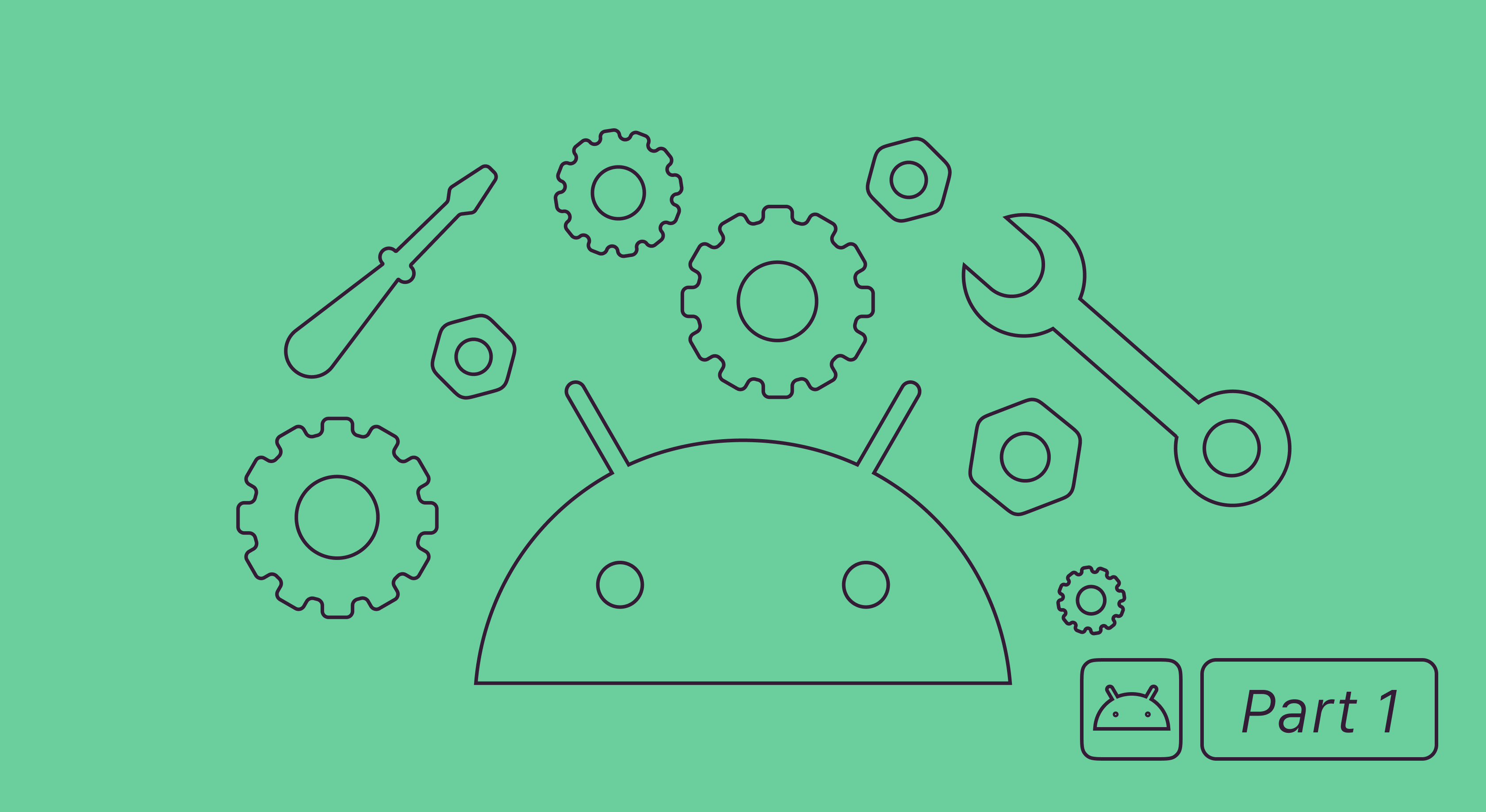
Tutorial
Android
13 min read
January 27, 2021
iOS In-App Purchases

Updated: July 27, 2023
5 min read
In iOS, developers can enable users to purchase additional features or content within an app using in-app purchases, providing a way to monetize their apps beyond the initial purchase price or to offer a “freemium” model. Apple manages the payment process and deducts a commission, known as the “Apple tax”, from the sales amount. The commission rate is typically 30% of the app’s price, but it may vary for subscriptions and in-app purchases. To address concerns from developers, Apple reduced its commission to 15% for small businesses with annual sales below $1 million in 2020, both for new and existing developers.
Using Apple’s in-app purchase system, app creators can monetize their digital goods or services in 175 storefronts without the need to create their own payment infrastructure. StoreKit 2 is a framework for Apple in-app purchases, enabling developers to add IAPs to their iOS, macOS, watchOS, and tvOS apps.
In-app purchases allow users to buy digital items within an app, which are called products. The App Store provides four types of products:
In-app purchases are one of the most common monetization models for both iOS and Android app creators. According to Business of Apps, Users are spending $380 billion worldwide on in-app purchases. This generates 48.2% of mobile app earnings as compared to 14% from ads-based revenue and 37.8% from paid app downloads.
As for the app categories, game apps tend to use in-app purchases more massively (around 79% of games available in app stores) compared to 50% of non-gaming apps using this monetization tool. Platform-wise, iOS is way ahead of Google Play with almost doubled the consumer spend of Google Play.
iOS and Android in-app purchases share some similarities, but there are also some differences between the two platforms.
To ensure the secure and efficient management of in-app purchases for your app, Adapty requires users to provide their In-App Purchase API information. This information is used to obtain authorization from the App Store Server API for each request made to the API.
Uploading an In-App Purchase API key is necessary to enable secure authentication and validation of in-app purchase transaction history requests for your app’s customers with Apple through Adapty. If you want to enable customer lookup through Order ID for iOS apps, you must also provide an Issuer ID.
To help you through this process, Adapty provides a step-by-step guide, which you can follow after you add in-app purchases in iOS to ensure that your app’s in-app purchase process is secure and efficient.
Recommended posts

Tutorial
Android
13 min read
January 27, 2021